Red Light Therapy is a technology that uses light waves of specific wavelengths to stimulate cellular processes, promoting wellness and healing. Although the technology is relatively new, it is important to know that not all Red Lights are the same and not all Red Lights bring wellness to your body like those in NoMore's products.
So let's avoid wasting time and answer the question that so many Americans are asking right now: Can any Red Light be used for Red Light Therapy?
If you think the answer is yes you are mistaken, in fact there are a myriad of lights such as incandescent, fluorescent, halogen and LED and not all of them are to be considered RLT. Let's see why.
Incandescent lamps:

Everyone has been enlightened at least once in their life by this type of bulb! They are the most common ones that can be found on the market and their function is based on a Tungsten filament inside a glass bulb. This filament when current passes through it heats up and generates energy in the form of visible light and infrared radiation.
About 90% of the energy generated is dissipated in the form of heat and only 10% of the energy is converted into visible light, we must also take into consideration that the light is not directed on a specific area but is diffused, that is, the bulb illuminates the space around 360°. So it is understood that only a small portion of the photons generated are useful for therapy purposes.
This type of bulb is not suitable for the therapeutic use of Red Light because the ultraviolet radiation generated is not good for your skin but damages your cells instead of helping them. In addition to this, it should be mentioned that the light generated does not have a specific wavelength, but varies continuously between 300 nm and 1400 nm when in contrast an effective RLT has specific wavelengths in the range of 650 nm to 800 nm.
Halogen lamps:

These are special incandescent lamps, where the tungsten filament is enclosed within a tube with an inert gas and a halogen substance inside, which can be iodine or bromine. As with incandescent lamps, this type of lamp emits ultraviolet radiation that damages your cells instead of promoting healing and well-being. Halogen lamps are not as effective as RLT because only 20% of the energy generated is converted into light while the remaining energy is dissipated into the environment as heat, not to mention that the light is scattered so it is not concentrated in a specific area.
In addition, light is in the "Continuous Light Spectrum"([1]) and therefore the halogen bulb is not capable of generating only a single Red Light with a specific wavelength.
Fluorescent lamps:

Generally, fluorescent lamps consist of a hermetically sealed glass tube with a fluorescent powder inside and an electrode at one end. The tube, which contains a drop of mercury and a noble gas (Argon is generally used), when a current is passed through it produces ultraviolet radiation that strikes the fluorescent material and in turn generates visible radiation, hence light.
Although often bought because they are inexpensive, these are equally ineffective when used to promote wellness and healing, in fact in addition to containing mercury which is a toxic substance this type of lamp ages very prematurely, that is, the light it emits fades over time.
LED lamps:

Here is the queen of RLT! LED lights are known to be superior to their competitors in that they perform better on energy and are safer. Compared to other forms of lighting such as incandescent or fluorescent, LED lights are more efficient and cooler, which means that less energy is dissipated in the form of heat and therefore the lamp for the same current gets hotter and yields more energy. In addition, LEDs do not contain mercury, toxins or toxic gasses, and the light they emit is not diffused but can be directed to the specific area of your body that needs treatment.
In addition to what has just been said, the real reason LEDs are used for Red Light Therapy is because they can transmit wave frequencies with specific lengths. These lengths are fixed and do not vary over time, which means that Red LED fixtures with wavelengths between 600 nm and 800 nm can be safely used as therapy to promote wellness and healing of the disease or problem that is plaguing you.

We can conclude by saying that LED bulbs, in addition to being clearly superior in terms of energy efficiency, are also superior in terms of lifespan. In fact, it is good to know that incandescent bulbs have an average life of 1200 hours, halogen bulbs 2000 hours, fluorescent bulbs 15000 hours while LED bulbs last about 11 years. Practically an abysmal difference!
Now that you have an overview of the most widely used and commercially available forms of lighting, you are in a position to do two things: choose the right bulb for your home and choose the right Red Light fixture for your therapy.
We at NoMore cannot advise you on which bulb to buy for your kitchen, but we can certainly provide you with Therapeutic Red Light Devices that work and can give you relief from your ailment.
Check out the NoMore device that's right for you and if you're still stumped check out the positive reviews from our customers that will take away any doubts you have!

[1] Continuous spectrum of light: A continuous spectrum refers to light emitted by an incandescent lamp, thus from light sources that use heat. A continuous spectrum is when the light contains all wavelengths ranging between 300 nm and 1400 nm. Continuous spectra can also be obtained with LEDs.

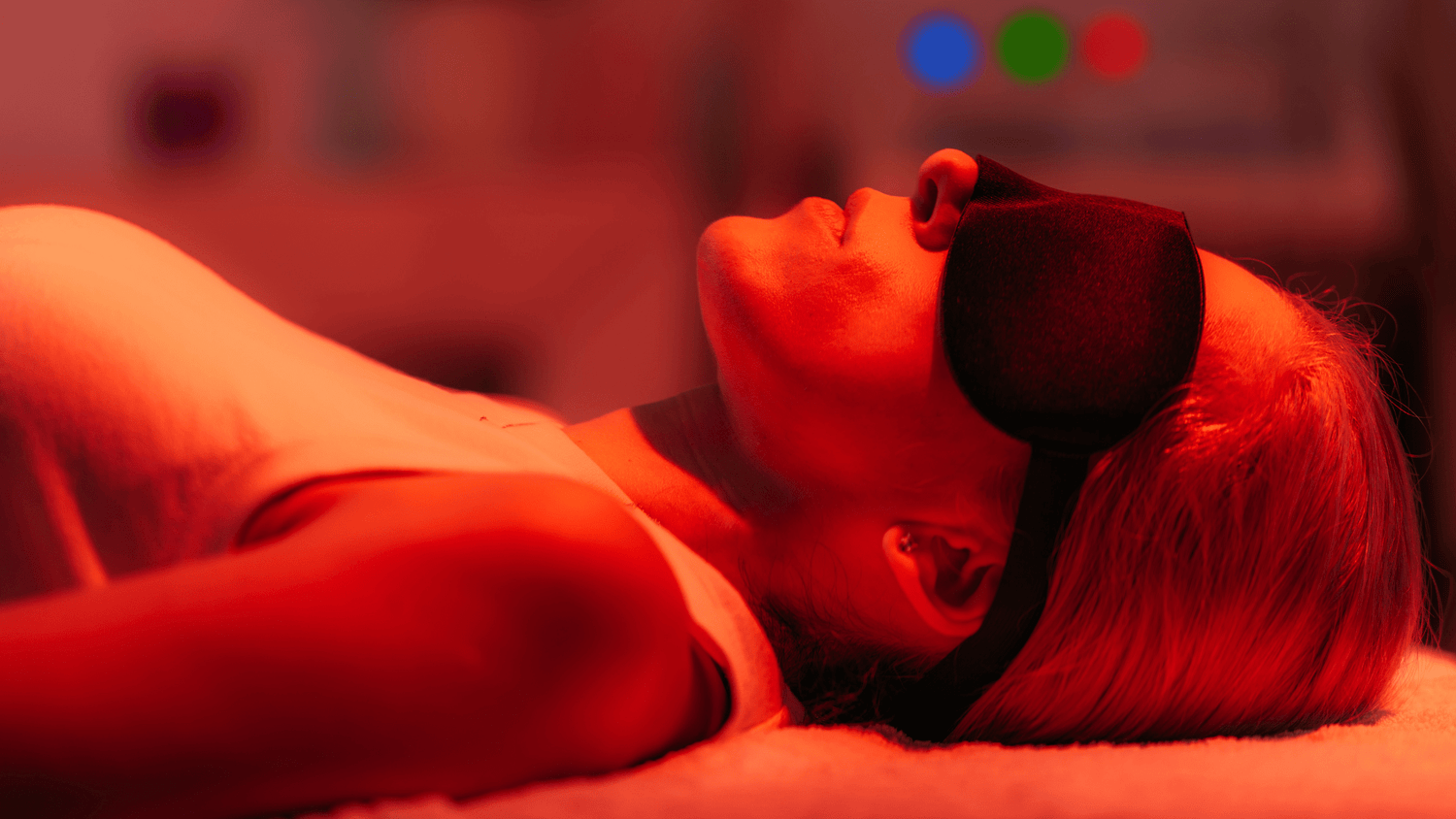
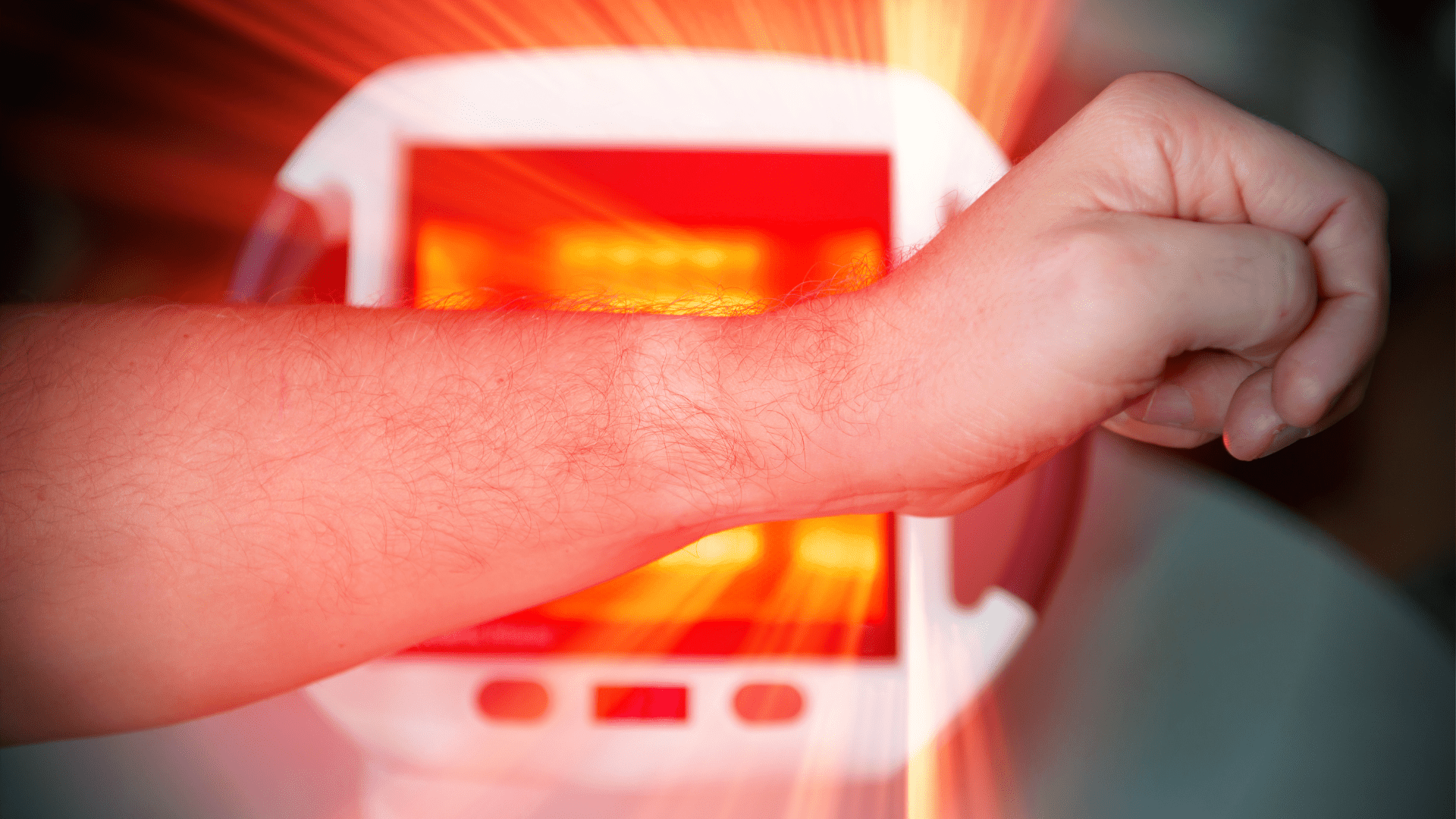
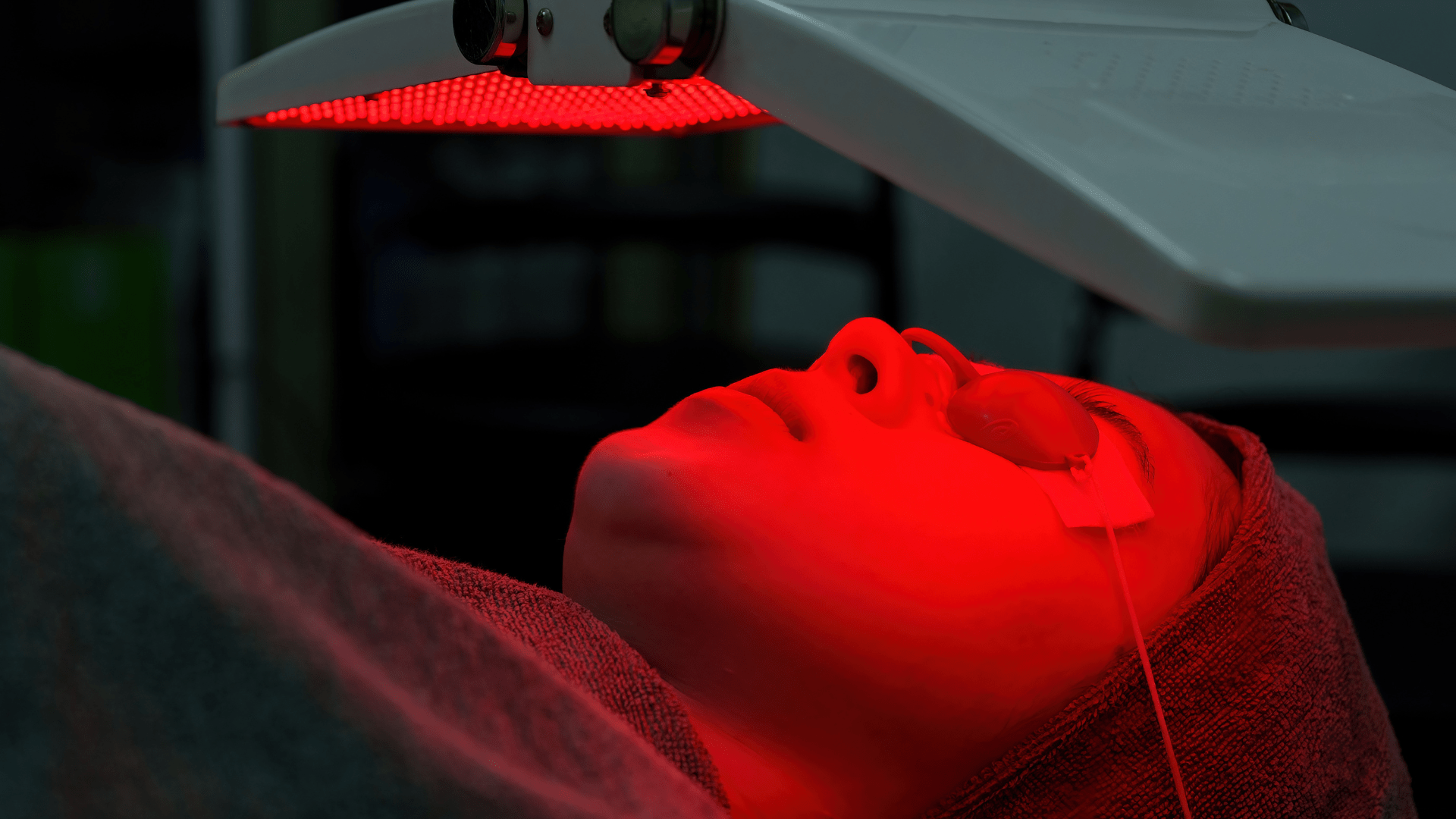
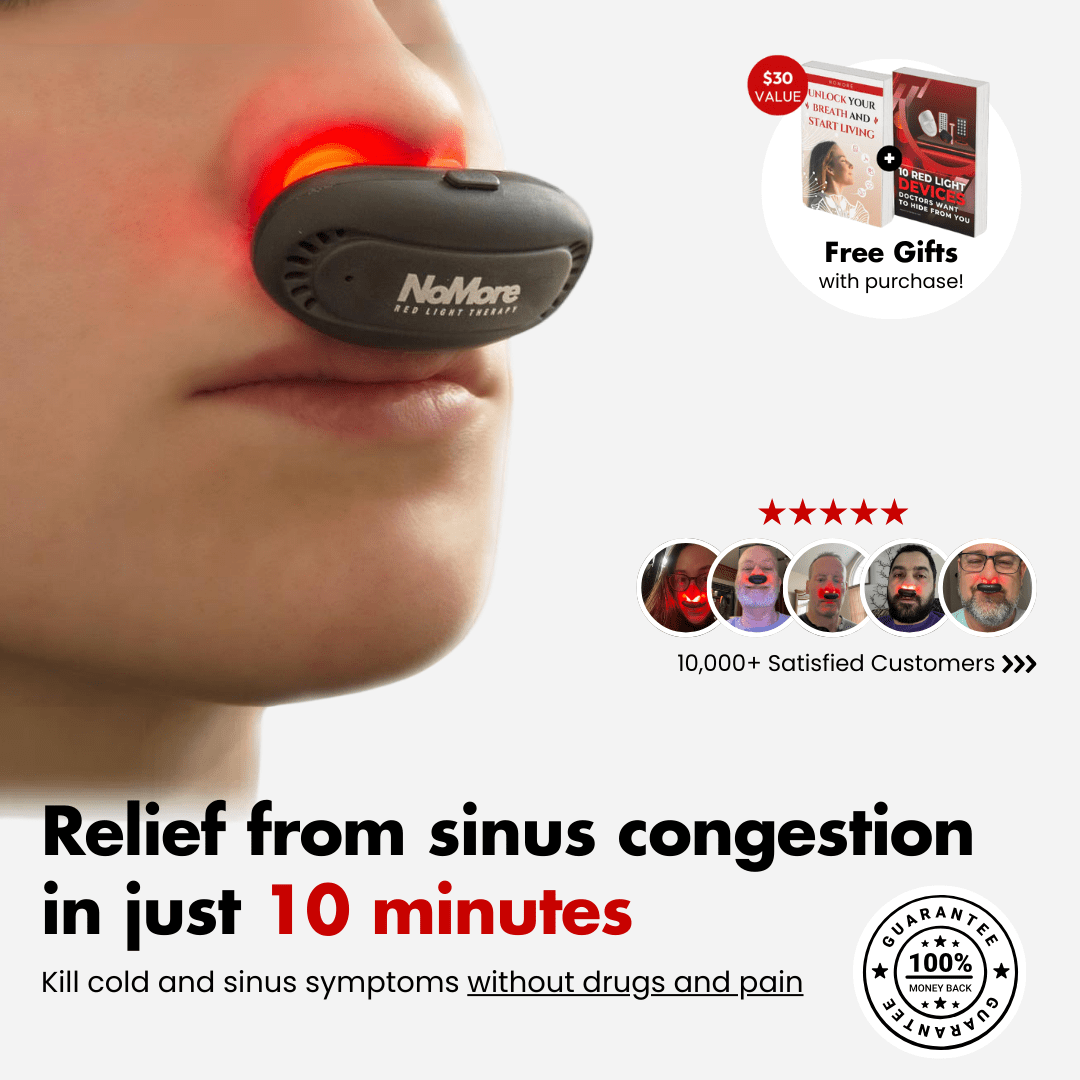
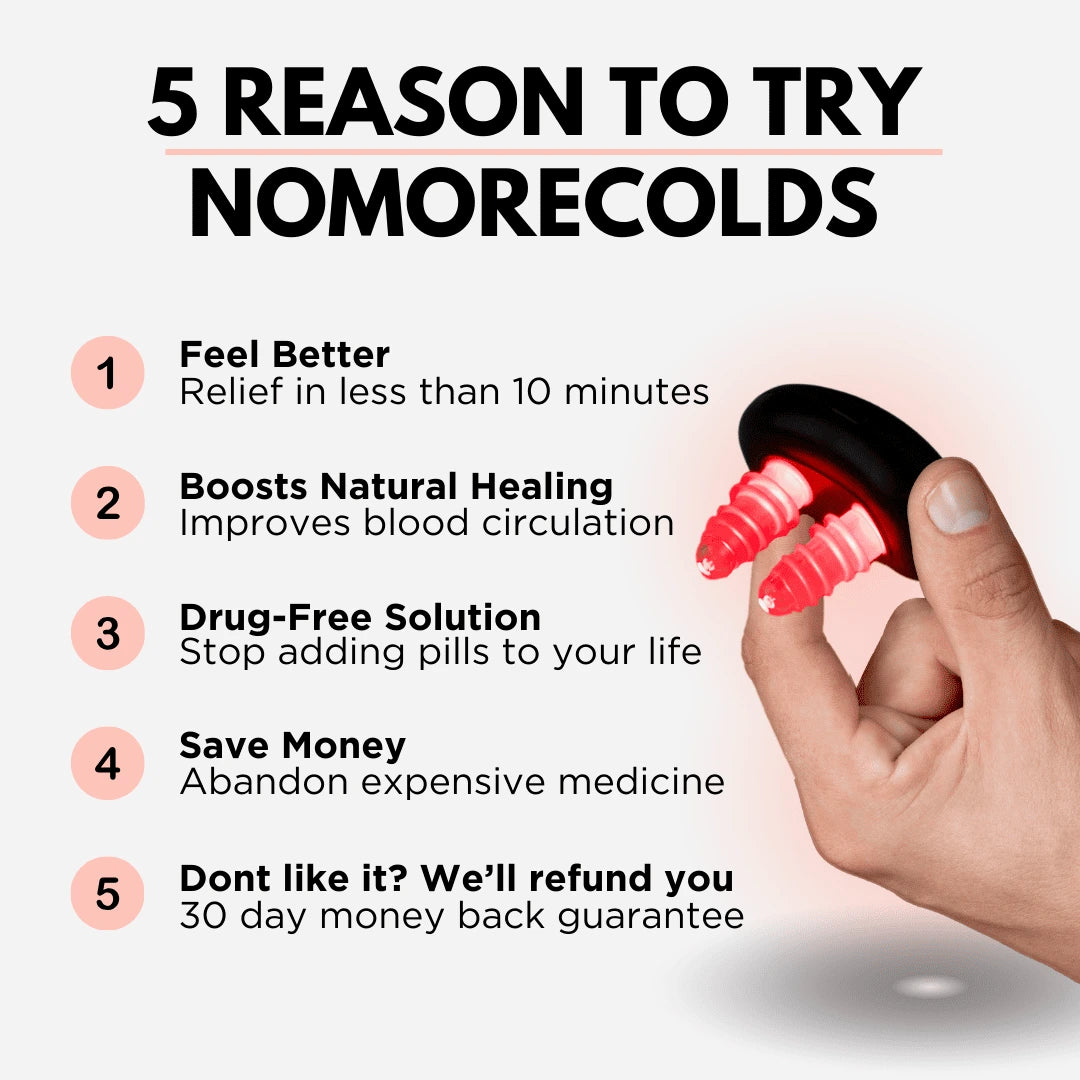
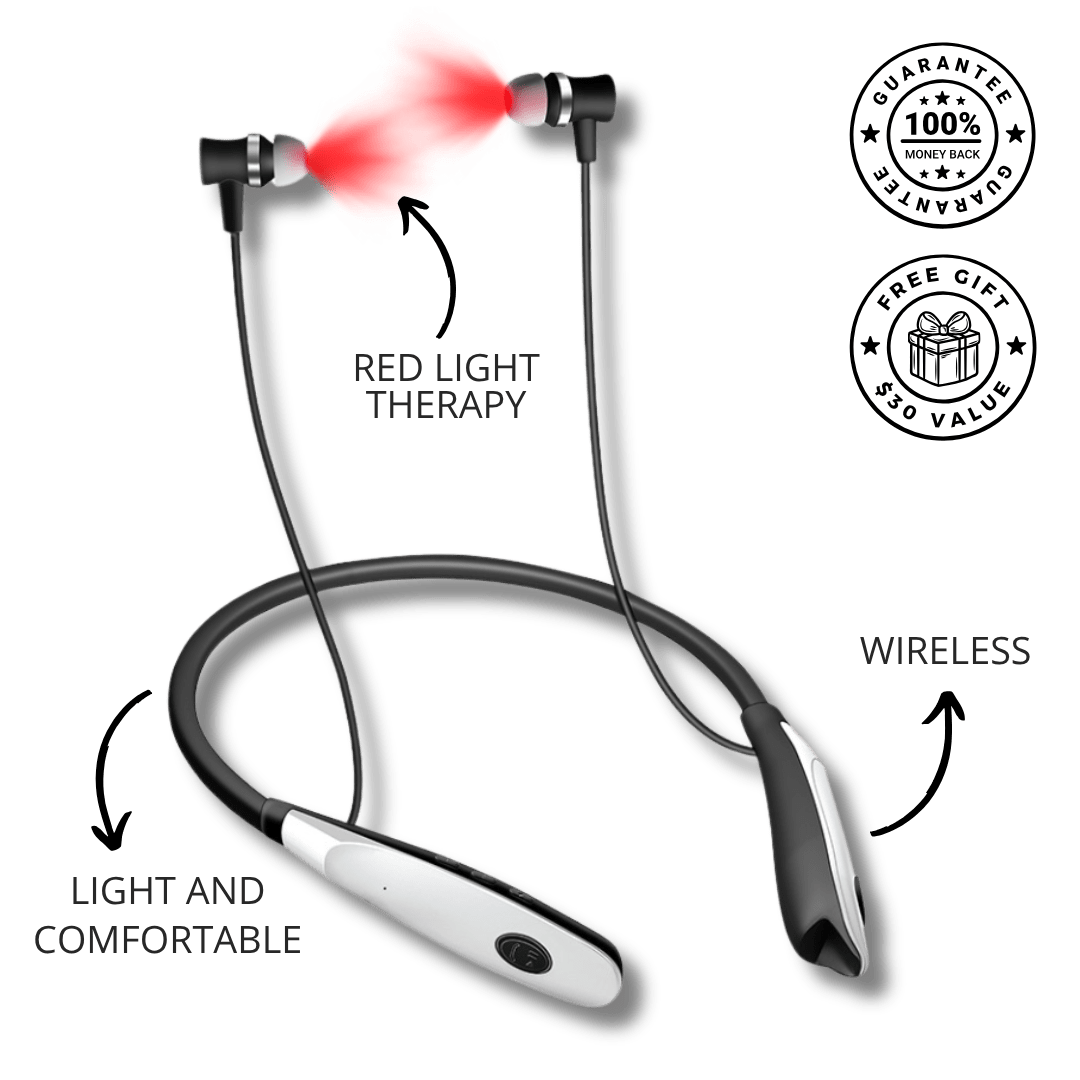
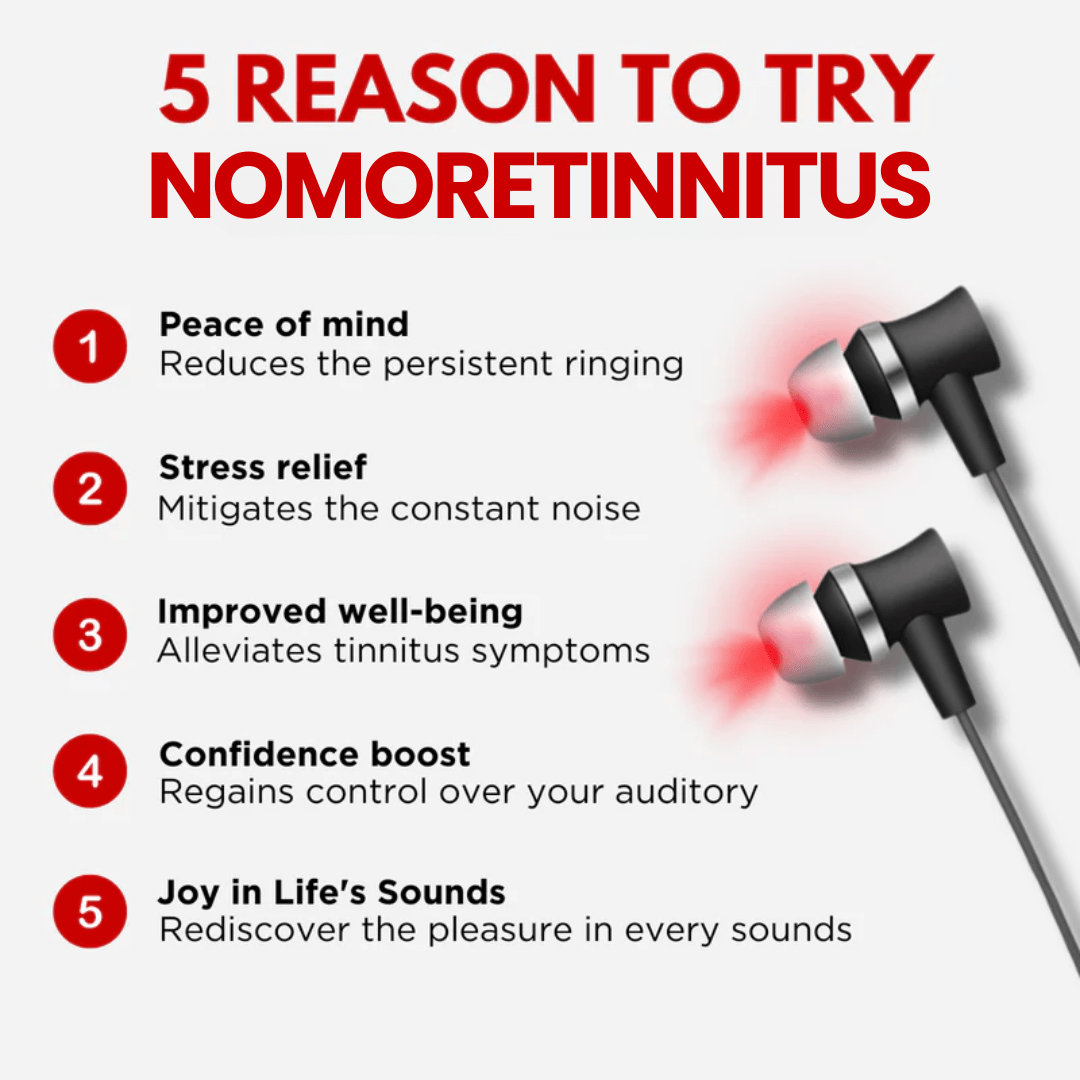
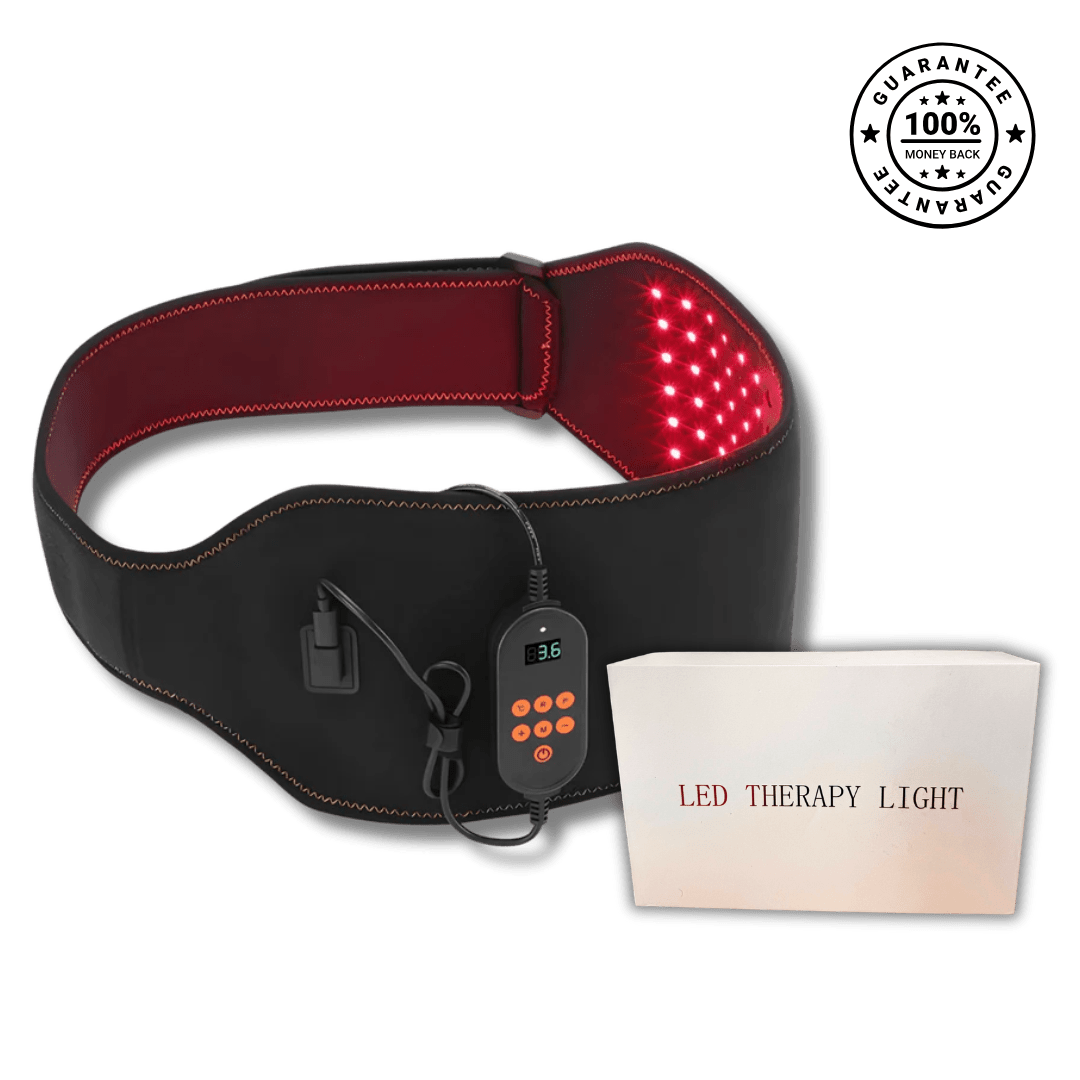
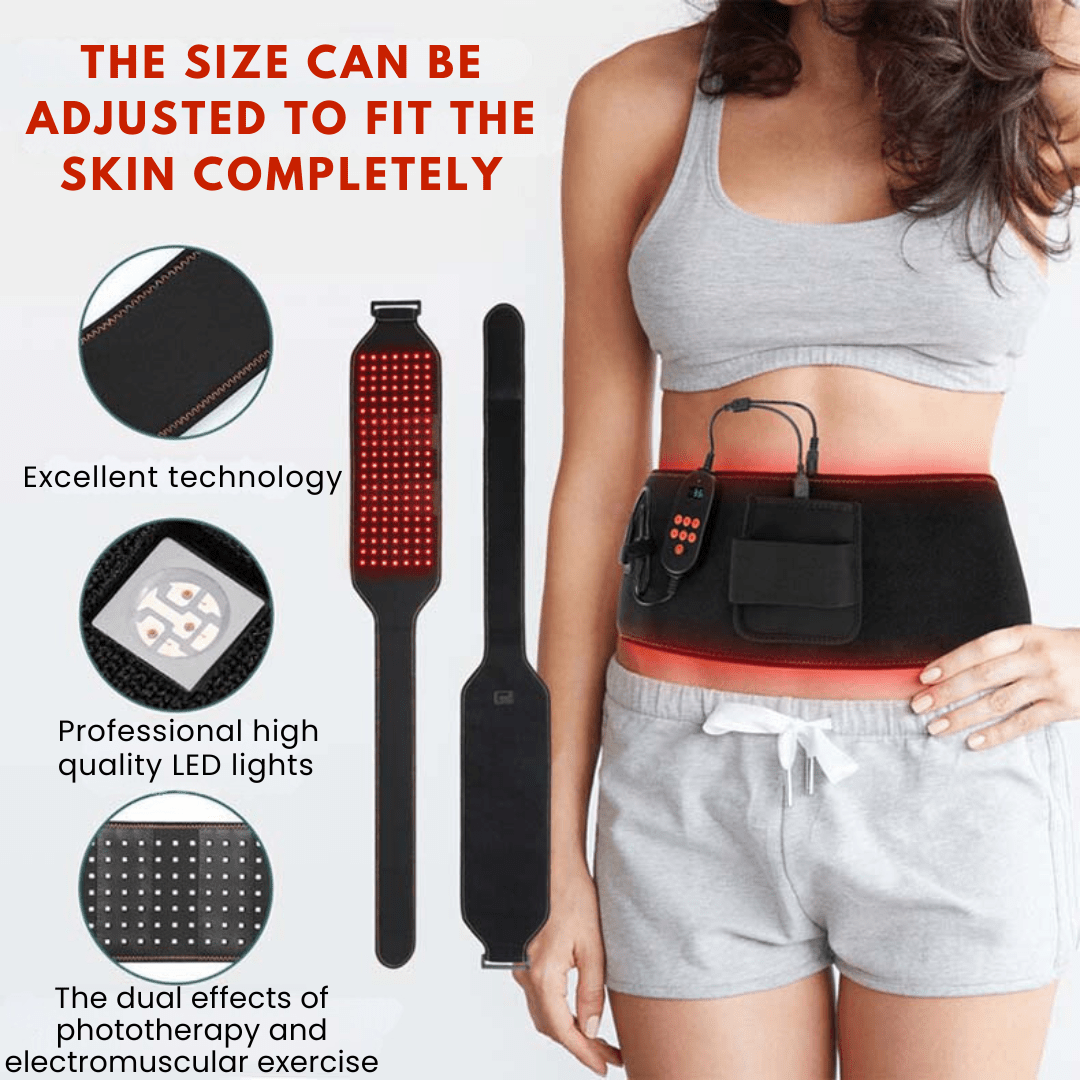
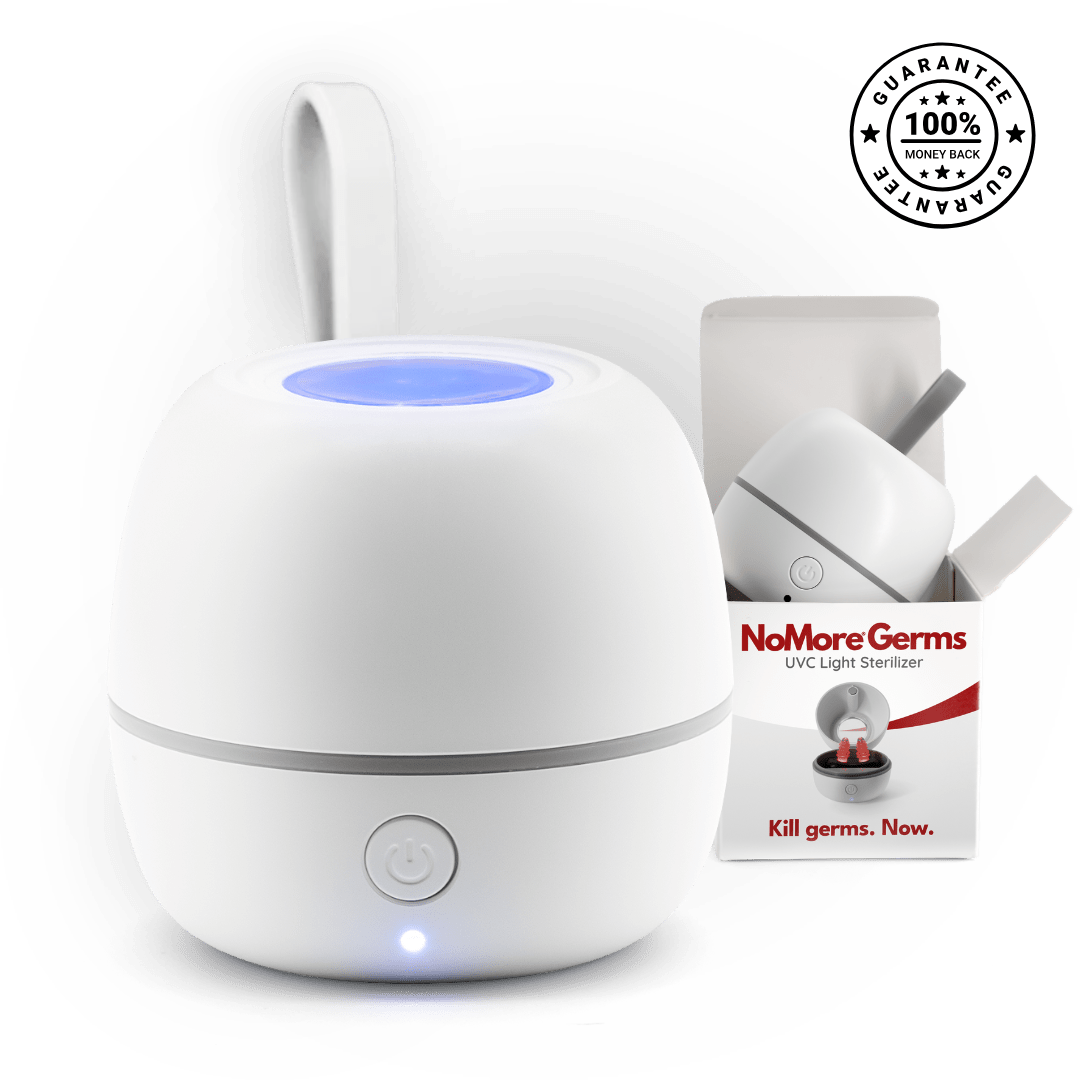
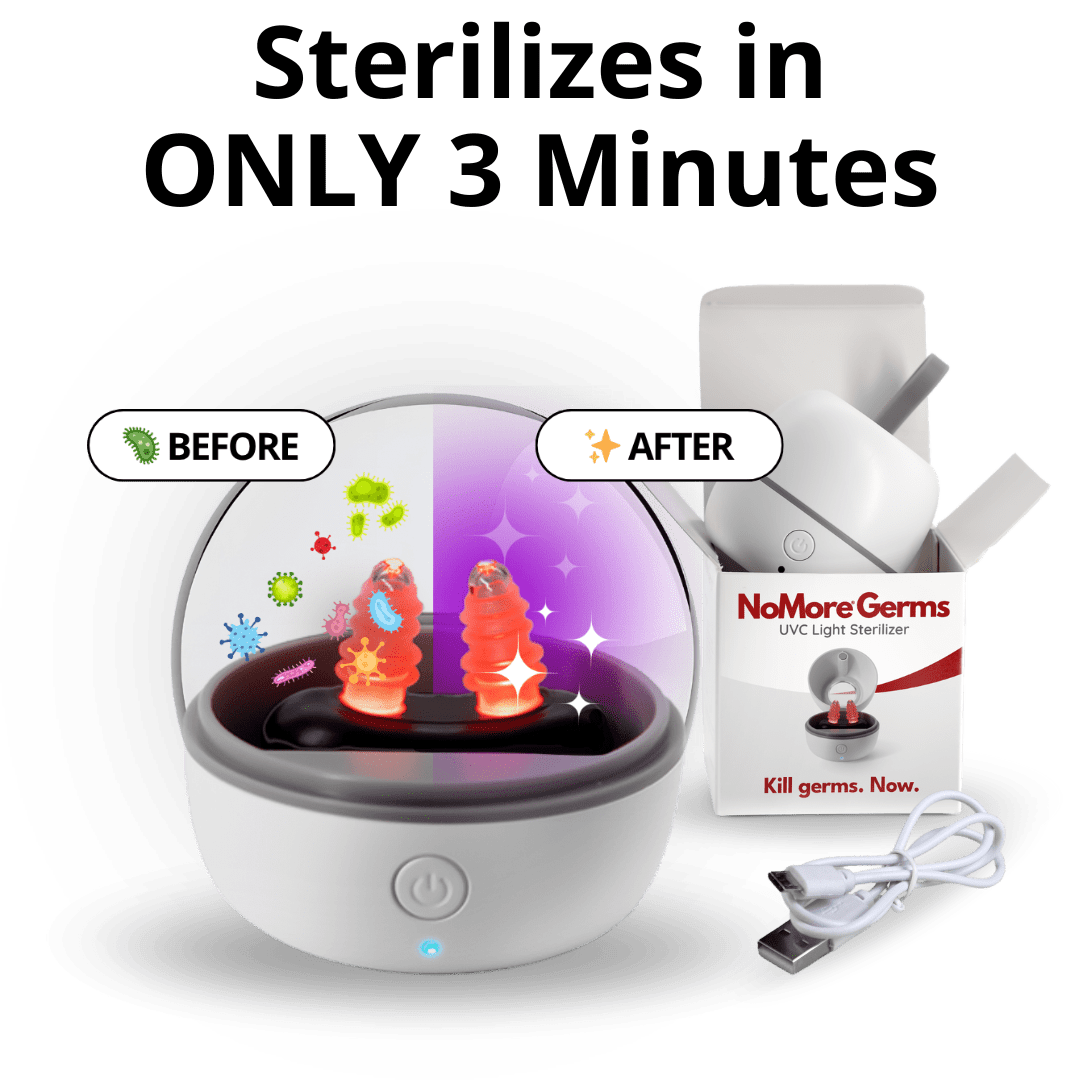
Leave a comment
All comments are moderated before being published.
This site is protected by hCaptcha and the hCaptcha Privacy Policy and Terms of Service apply.